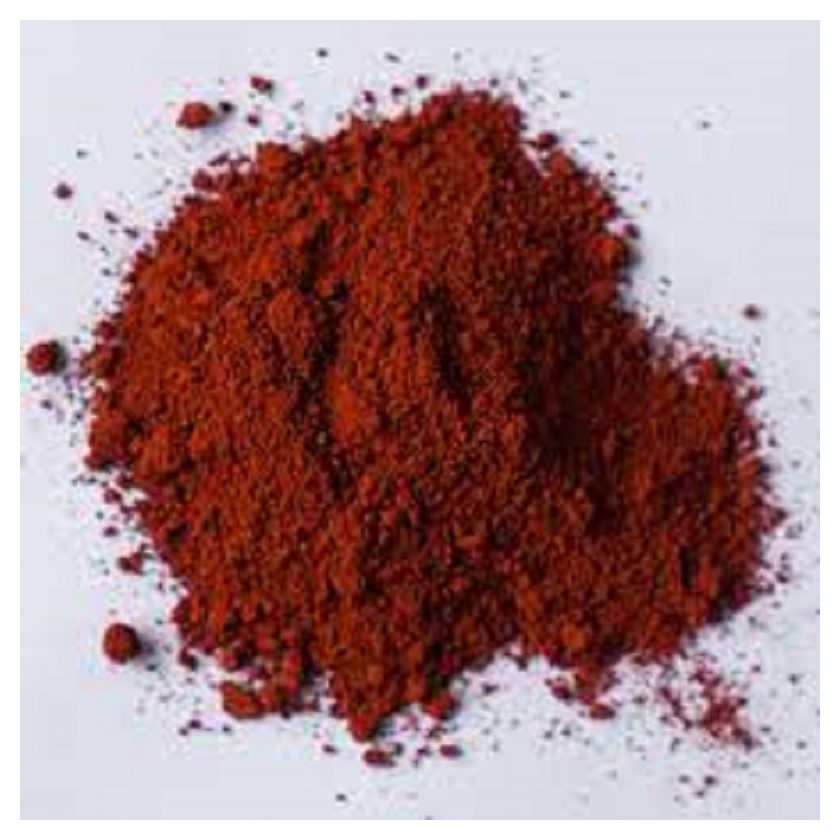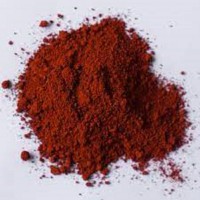https://www.shuangmachemical.com/productstags/iron-oxide-pigments-for-concrete.html
Why Choose Iron Oxide Pigments?
Unmatched Durability and Color Stability
When you add iron oxide pigments to concrete, their particles coat cement grains uniformly; they’re about 10 times finer than cement, ensuring deep dispersion and consistent coloration without affecting workability or strength at standard dosages.
These pigments are certified under ASTM C‑979 as light‑fast, alkali‑resistant, and insoluble. That means your concrete retains its color for decades under sunlight, rain, freeze‑thaw cycles, or heavy traffic.
Superior Performance & Versatility
Color consistency: Manufactured with tight tolerances, iron oxide pigments ensure batch‑to‑batch uniformity—important when color precision reflects your brand image.
Broad application spectrum: Suitable for integral color in slabs, precast panels, stamped concrete, paving stone, mortar, stucco, and more.
Sustainable & non‑toxic: Natural or synthetic iron oxides are environmentally benign, inert, and non‑hazardous.
Technical Insights & Best Practices
Optimal Dosage Guidelines
You typically need just 2–3 % by weight of cement (e.g., ~2.5 lb pigment per 94 lb cement) to achieve rich, full color. Adding more won’t intensify the shade—and can hurt concrete performance.
Integration and Mix Control
Coating action: Pigment particles wrap around cement grains without affecting aggregates—maintaining color uniformity even when using diverse material batches.
Wetting is critical: Ensure thorough dispersion by mixing pigments directly into the cement paste phase—this avoids clumps and ensures full color development.
Compliance & Standards
Look for pigments that meet ASTM C‑979 or DIN EN 12878.
Benefits in Practice – What You’ll Gain
Aesthetic Value & Market Differentiation
A wide palette of natural reds, blacks, yellows—and custom blends—allows you to craft signature products and upscale designs.
Economical and Long‑Term Savings
Because of high tinting strength, low dosage delivers excellent value. Colors remain vibrant for decades—minimizing maintenance and repainting costs.
Performance Under Harsh Conditions
Pigments resist UV rays, chemicals, wet-dry cycles, freeze-thaw, and foot or vehicle traffic, making them ideal for sidewalks, utility infrastructure, architectural precast—the list goes on.




